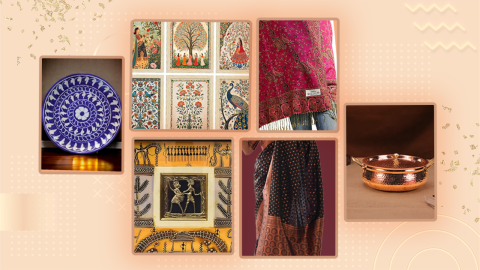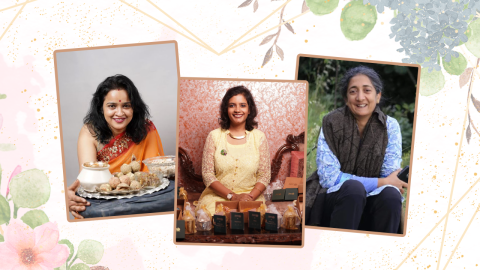Through the narrow by lanes of Varanasi, as temple bells chime, a young Imran sits at the loom with his father, making a complex design look ever so simple. It is fascinating how generations learn and assimilate centuries-old handloom traditions and skills. Cut to Pochampally in Andhra Pradesh, where youngsters breathe life into the region’s hand weaves once again. Or journey on to the Nuapatna cluster where the story of Sambalpuri Ikkat shines through. In fact, across India every region not just has a weave to boast of, but a rich history behind it. Each part of India has created its own handloom style, as if speaking a language without saying a word.
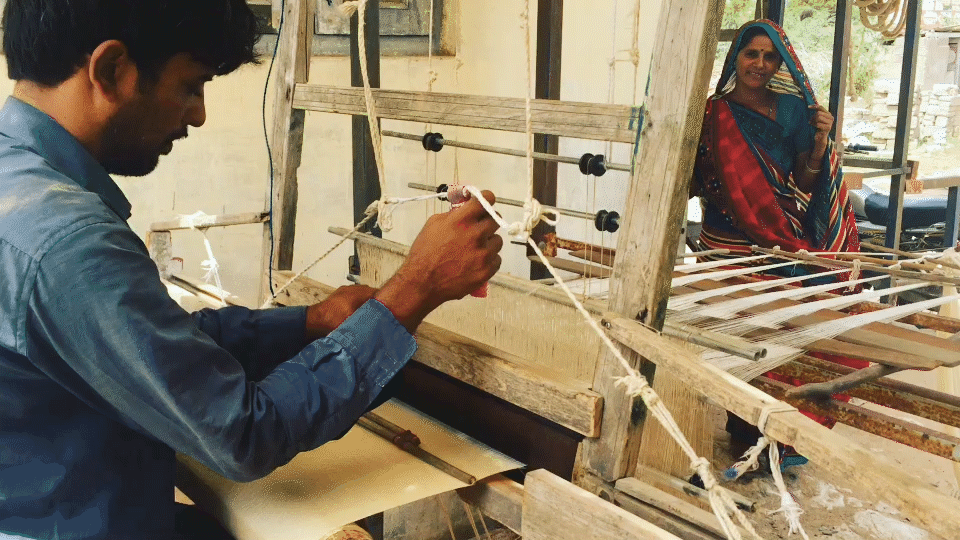
Time travel
As you read this, some 4.3 million weavers sit at their looms, creating a piece that will last for generations to come. Indian handmade textiles have been a subject of fascination, desire and need. From its earliest mentions in the Rig Veda—of merchants who crossed rough seas to lay their hands on cottons and silks, which they exchanged for spices—India’s handlooms have been compared to its flowing rivers, as beautiful and airy as the clouds in the sky; and why not? For each yard was brought to finesse by the magical hands of weavers in little hamlets across India.
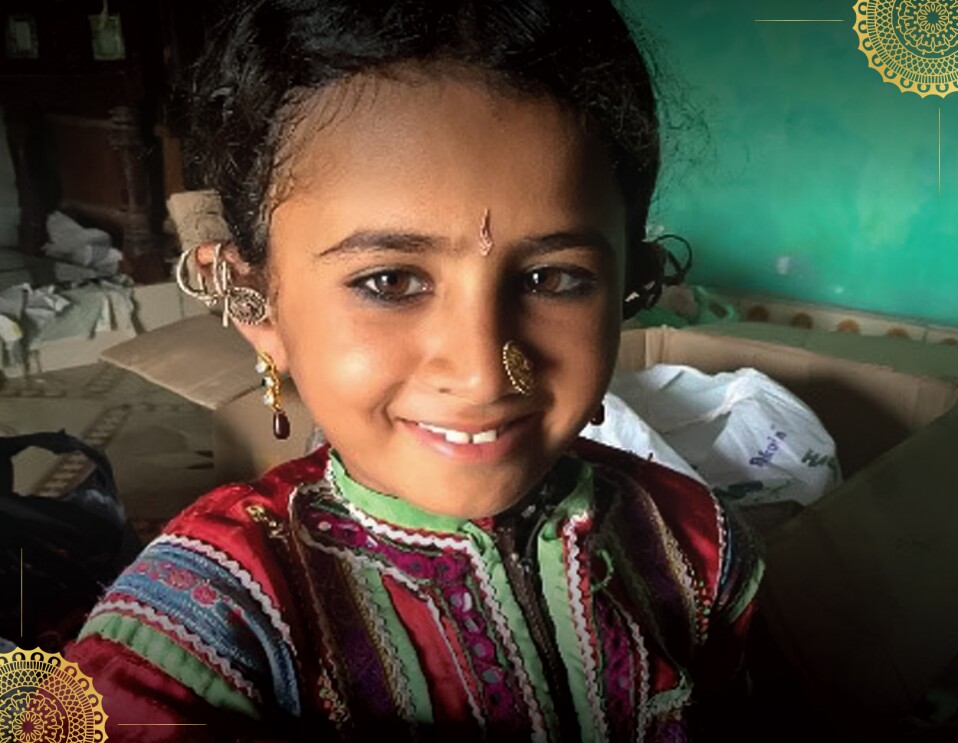
And as centuries passed, the stature of our handlooms grew from mere fabrics covering the body, to objects that showcased power, status, royalty, culture and even the region that they came from. The herders in Kutch, Gujarat, for instance, are distinguished by the finest Rabari pieces they adorn; while the fisherman community of Tamil Nadu are marked by the Madras check prints they wear.

Did you know?
Akbar so loved the Banarasi Brocade work that he didn’t limit its use to clothing and even had his palace draped in it—imagine grand Mughal-era carpets and wall hangings made from Banarasi silk! From rich paisleys and delicate jaalis to hunting scenes, even today our weavers weave magic with gold threads just like yesteryear. And while we have always marvelled at our mothers and grandmothers wearing a pure Banarasi saree, who would have thought that an ideal Banaras weave has 5,600 threads meticulously woven for over a fortnight to 6 months! Even in contemporary times, the legacy and exclusivity of Banarasi sarees cannot be replaced in Indian weddings or festivals like Diwali. And thanks to the digital world, we are connected to weavers more than ever before, and one does not need to find one’s way to the small streets of Bhelupur to lay ones hands on these heirloom pieces.

Even in contemporary times, the legacy and exclusivity of Banarasi sarees cannot be replaced in Indian weddings or festivals like Diwali. And thanks to the digital world, we are connected to weavers more than ever before, and one does not need to find one’s way to the small streets of Bhelupur to lay ones hands on these heirloom pieces.
Tropical South India’s vast textile wealth has largely remained unaffected by the passing centuries. Inspired by the region’s rich temple architecture, one of the weaves is Pochampally from Andhra. Known for its geometric Ikkat patterns, the entire weaving, dyeing and design process is completely manual. The minimalistic designs of its Ikkat weaves have brought Pochampally into the limelight. No wonder our national carrier, Indian Airlines, dresses its cabin crew in traditional Pochampally weaves every time they fly across the globe. Today, these weaving clusters are part of UNESCO World Heritage Sites, making India proud every day.
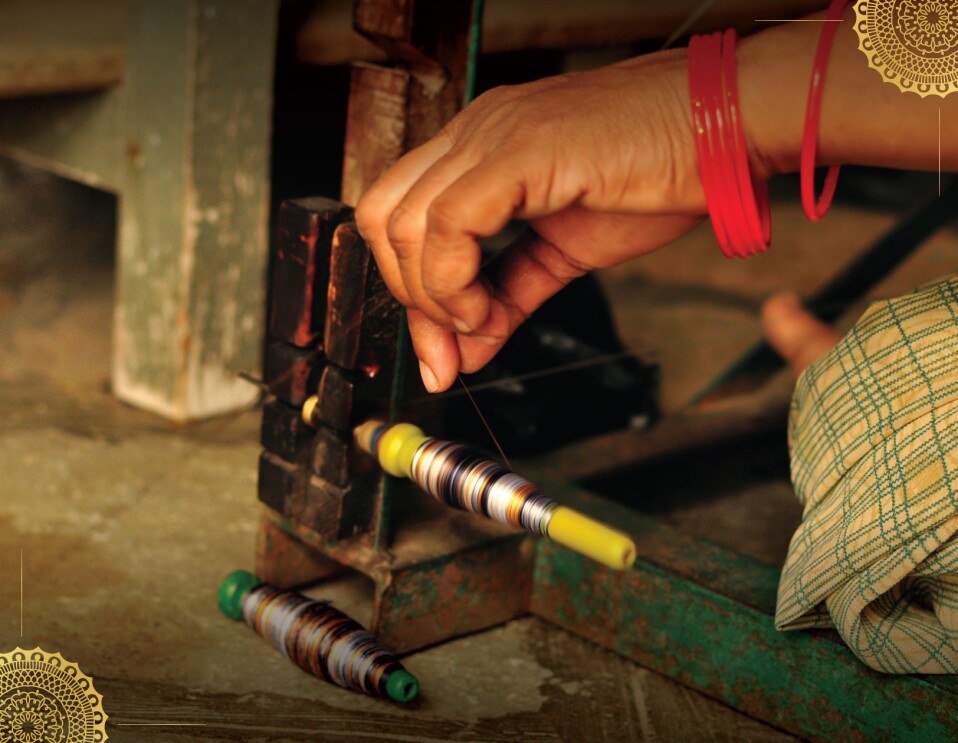
Folklores narrate that Krishna’s cousin, Shishupal, encouraged the ancient weaving of Chanderi. Imagine a small town in Bundelkhand, which weaves a one-of-its kind gossamer fabric that is compared to “woven air”. It is said that a pure Chanderi weave was made from 300 thread counts, so intricate and light that it could fit into a match box and open up like a soft cloud. The extremely delicate cotton for Chanderi is extracted from an exquisite root known as Kolikanda. Light, yet sturdy, it adds a glossy finish to the fabric. Today, Chanderi has made it to international fashion ramps by putting faith in the hands of Chanderi weavers.
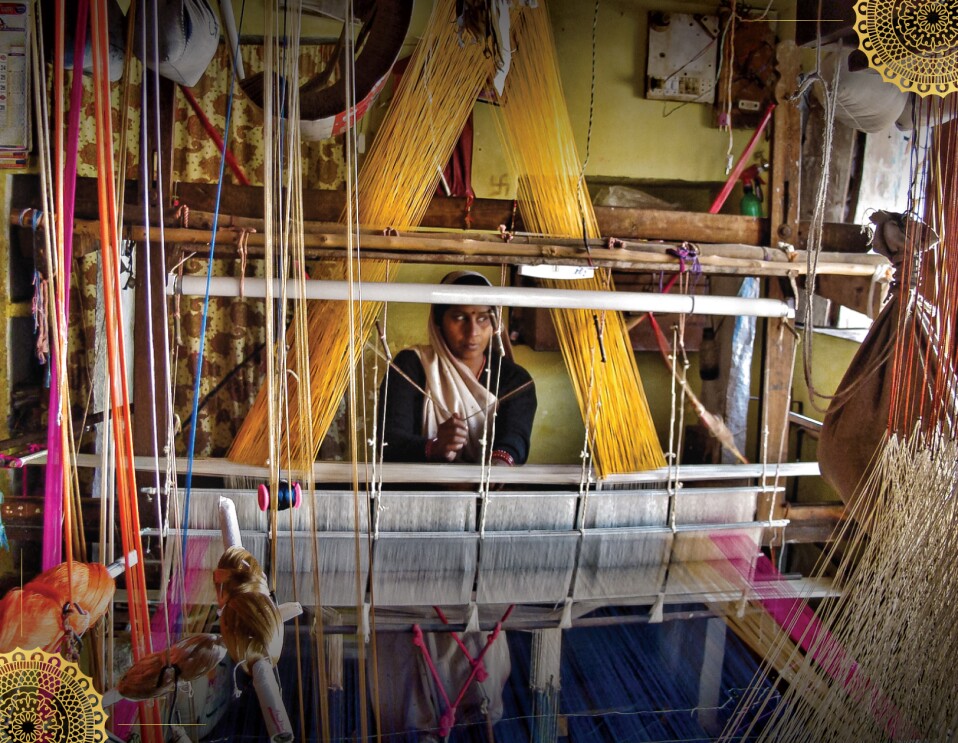
The stories of handlooms are perennial, each carrying a folklore, a piece of history or a tale of inspiration. Sambalpuri Ikkat, for instance, were fondly called Gajagamini (a woman whose gait is as languorous as an elephant’s), or Padmabasini (a woman who is as fragrant as a lotus) when worn by traditional women. And even today local weavers sing songs of beautiful women in Ikkat drapes, while working on their looms. These weavers don’t go to B-school to learn teamwork, but lead by action. Depending on the complexity of the design and patterns, one weaves the yarn, the second spins them in bundles, while the third assists in designing the saree border, and so on.
Bring home a tale
“Thanks to the online platform, I am able to revive our region’s exquisite weaves to reach parts of India we haven't even heard. Our children who used to seek jobs outside the community, now look inwards. It is not just that the manufacturer grows, the story of Ikkat grows too,” says Bhaskar, a Pochampally weaver and Amazon seller. He echoes the thoughts of countless such weavers across India, who have not just found takers for their products by going online, but have also given our traditional living heritage a fresh breath of air.

Some 136 unique weaves have evolved from our country alone over millions of years, and have continued to be preserved, practiced and passed on from generation to generation as art that echoes our regional language, culture, folklore, food and music—all in one handloom piece.
Let us adorn ourselves in layers of handmade marvels, in the many handlooms that become more than self-expression—and a timeless tale that you wear.







